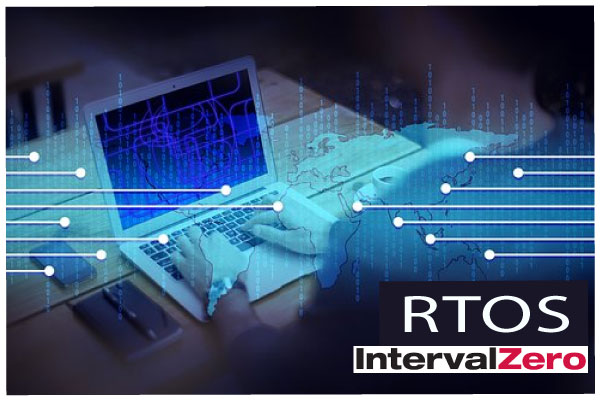Real Time Operating System in Medical Devices for IoT
Software-based Real-time operating systems (RTOS) enable medical device manufacturers to offer medical devices that drive the best medical outcomes but there is a growing demand to add IoT services to these devices that were once stand alone. Typically, medical devices rely on proprietary FPGA or DSP hardware. But this hardware is inflexible to collect, aggregate and share data with the cloud, which is required for IoT. And worse, after the raw medical device data is passed to the cloud and artificial intelligence is applied to the device data to identify patterns that result in actionable insights, the hardware system is unable to adapt based on the new actionable insight. The software system is able to be flexible enough to act on these new insights. In the end, only a software-based, PC-based RTOS can deliver the determinism required by the device and flexibility to make a medical device that is IoT enabled.
Medical Device Software for IoT
Designing healthcare devices for IoTdemand the same unprecedented precision of a non-IoT device but in the IoT world, the device needs openness to insure data can be shared. Unfortunately, that openness introduces risk; connectivity opens the door for of cyber attack. In fact, the outcomes have adverse consequences to both the patients and stakeholders if a cyber-attack is successfully executed.
Risks
Medical Devices for IoT require both an RTOS and General Purpose OS (GPOS) connectivity for data sharing. It is the communications functions of the GPOS that are prone to cyberattack but, if properly designed, the RTOS is immune to attacks because it isolates itself to deliver the deterministic hard real-time performance and lets the GPOS do all the heavy lifting of protecting against cyber attack.
In an IoT context, the cyber attack risk can be mitigated if the core GPOS and Cloud connectivity are very secure so choosing the right GPOS and Cloud solution is critical. That is why Microsoft has invested so heavily to offer the most secure GPOS with its Windows OS and secure cloud with its Azure offering. Microsoft knows that you cannot have IoT value unless the medical devices are connected AND secure. Microsoft’s Windows/Azure combination has proven to be so strong that it continues to win large medical device accounts.
For that reason, appropriate design, intimate knowledge and critical certification of the operation ensure safety. This decision allows everybody to focus on the core areas that lead to thorough competency, reinvention and handle sheer complexity and Microsoft is even more secure now that open-source solutions for real-time operating systems.
Address the Risks with Commercial Product
Doubtless, the cybersecurity has gained a significant attention and OS vendors are well aware of the need to address this and medical device makers should take advantage of this. The safest bet for a medical device manufacturer is to select the most solid, commercially available solution that transforms Windows into an RTOS, that offers IoT capability, that delivers the best security will result in the optical medical devices for IoT.
Summary
Indeed, the real-time operating system in medical systems is critical for a quality outcome, but in the IoT era that demands connectivity choosing the whole solution – RTOS, Windows, Azure – that deliver unpresented security and communications can create competitive distinction for the medical device manufacturer that wants to add IoT capability.
